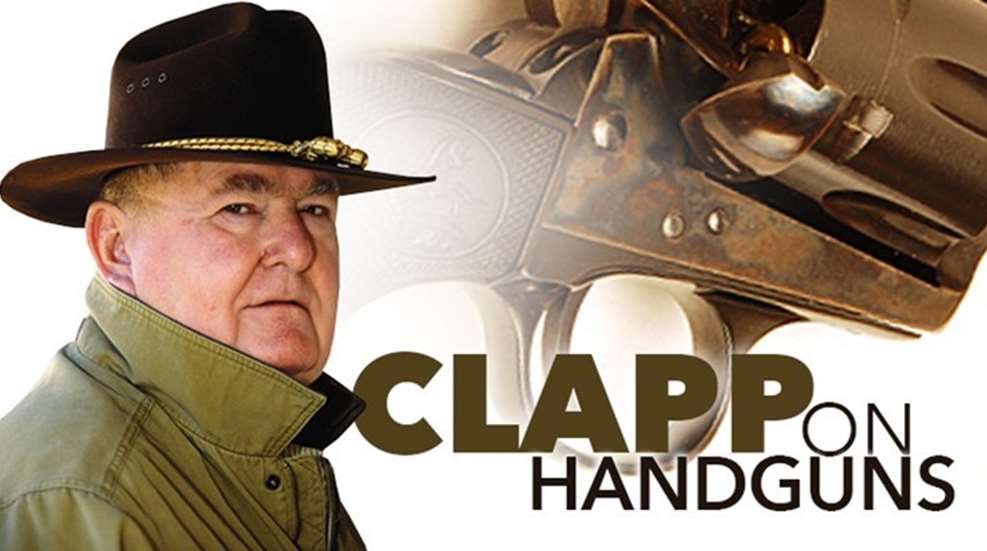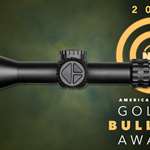
Over the years, there have been a number of attempts to hot rod the .45 ACP cartridge. In the very earliest days of the .45, the 230-gr. round-nose FMJ bullet was loaded to 820 feet per second, which delivers about 343 ft-lbs. of energy. Eventually, the ordnance people upped this to a speed of 850 fps (369 ft-lbs. of energy) and that served very well for nearly all of the 20th century. Still, it was not quite enough for a vocal minority of .45 ACP shooters who demanded more. In the performance envelope of the grand old round, there is room for a bit more performance. First, you can increase the bullet weight. I once handloaded a Lyman cast lead flat-point .45 bullet weighing 240 grains, and I have fired a commercially loaded 250 gr. JTC bullet. Both were loaded close to the so-called “standard” velocity of 850 fps. In semi-automatics in good condition, recoil was annoying and shot recovery became a problem.
How about the other approach—lighten the bullet and drive it faster. Efforts in this direction have been generally successful. Dealers' shelves hold many varieties of modern 185-gr. JHP loads and many of them are of the +P type. A few loads with slightly heavier bullets of around 200 grains also exist. All of the .45 ACP loads with lighter bullets and higher velocities work fairly well and are not unduly hard on the gun. But you have to remember what the .45 ACP was originally designed to do: to put the proven stopping power of the .45 Colt cartridge into a semi-automatic pistol. That means a shorter round with a rimless case that feeds easily from a detachable magazine. After 104 years, we are still using the original GI service pistol, as cloned by many and made by the original maker.
The original ammunition is still made and still performs. However, I would like to take this opportunity to interject an opinion. I firmly believe that it is unwise to attempt to get more performance from the .45 ACP round beyond what I have described above—as long as you are using an original style 1911. Other modern .45 pistols with different locking systems may take the beating, but the 1911 pistol was never designed to do so. There have been many efforts to get more velocity with the original 230-gr. bullet weight in special high-pressure, high-velocity loads, but they are extremely hard on the gun. That’s true with fancy spring arrangements, buffers and the like. Usually, the result of protracted use of this stuff is accelerated wear on the pistol. It just isn’t worth it.



































